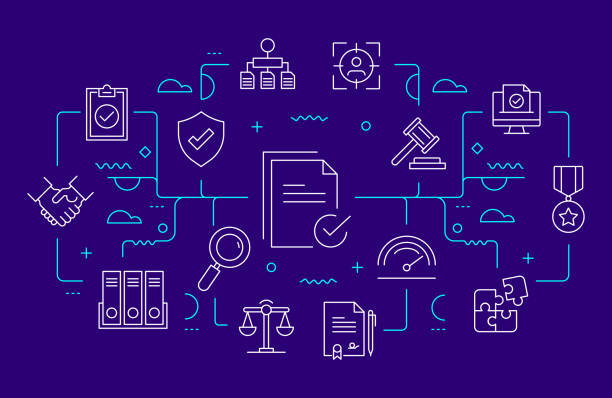Data Engineering and Governance: Building a Foundation for Reliable Insights

Introduction:
In today’s data-driven world, organizations of all sizes are collecting vast amounts of data to gain insights, drive decision-making, and enhance customer experiences. However, the quality and integrity of this data are crucial for effective decision-making. This is where data engineering and data governance come into play. In this article, we’ll explore the importance of data engineering and governance and how they work together to create a robust foundation for reliable insights.
Understanding Data Engineering: Data engineering involves the design, construction, and maintenance of data pipelines and architectures that enable the collection, transformation, and storage of data from various sources. Data engineers play a vital role in ensuring that data is accessible, accurate, and ready for analysis. They create pipelines that cleanse and transform raw data into usable formats, making it suitable for analysis.
The Significance of Data Governance: Data governance focuses on the management of data assets, ensuring data quality, security, and compliance with regulations. It establishes policies, processes, and standards to govern data usage across an organization. Effective data governance ensures that data is accurate, consistent, and trustworthy. It also defines roles and responsibilities for data stewardship, promoting collaboration between various teams.
The Synergy between Data Engineering and Governance: Data engineering and data governance are closely intertwined. A strong data engineering foundation enhances the effectiveness of data governance efforts. When data engineers build robust pipelines, data stewards can confidently ensure data quality and compliance. Data governance, in turn, guides data engineers in designing pipelines that adhere to the organization’s data standards and policies.
Building a Solid Data Engineering Framework:
- Data Integration: Combining data from diverse sources ensures a comprehensive view of information.
- Data Transformation: Converting raw data into usable formats, improving accuracy and reliability.
- Data Storage: Storing data securely and efficiently using databases or data lakes.
- Data Processing: Employing Extract, Transform, Load (ETL) processes to cleanse and enrich data.
- Data Validation: Ensuring data accuracy, consistency, and compliance with defined standards.
Implementing Effective Data Governance:
- Data Ownership: Assigning ownership of data assets to specific individuals or teams.
- Data Quality: Establishing standards for data accuracy, consistency, and completeness.
- Data Security: Implementing access controls, encryption, and data masking to protect sensitive information.
- Compliance: Ensuring data practices align with industry regulations and legal requirements.
- Metadata Management: Maintaining metadata to track data lineage, transformations, and usage.
Benefits of a Unified Approach:
- Data Integrity: Collaboration between data engineers and data stewards ensures accurate and reliable data.
- Efficiency: Efficient data pipelines simplify data governance tasks and reduce manual interventions.
- Informed Decisions: High-quality data supports well-informed decision-making across the organization.
- Risk Mitigation: Data governance practices mitigate the risk of data breaches and compliance violations.
Conclusion: Data engineering and data governance are pivotal for organizations striving to make data-driven decisions. A solid data engineering foundation streamlines data processing and enables effective data governance. When combined, these practices ensure that data is accurate, consistent, and compliant, empowering organizations to unlock valuable insights and maintain a competitive edge in today’s data-driven landscape. By embracing data engineering and governance, organizations can truly harness the power of their data and drive success.
